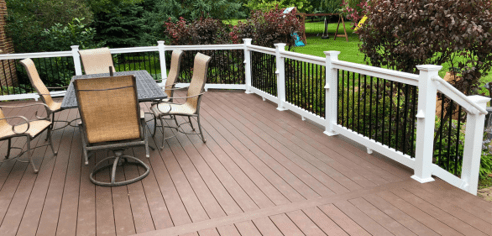Diamonds have been coveted for centuries, admired for their brilliance and symbolic value. A key factor in determining a diamond’s beauty and value is its cut. The cut of a diamond refers to how it has been shaped and faceted, affecting its symmetry, proportion, and ability to reflect light. In this article, we’ll explore the various types of diamond cuts and their unique characteristics.
The Importance of Diamond Cut
While other factors like carat, color, and clarity are important in determining a diamond’s value, the cut is often considered the most significant. A well-cut diamond reflects light internally and externally, creating a dazzling display of brilliance, fire, and scintillation. Here’s a breakdown of the most popular diamond cuts and what makes each unique.
Round Brilliant Cut
The round brilliant cut is the most common and widely recognized diamond cut. It has 58 facets, including the culet (the small flat face at the bottom of the diamond), which maximize light reflection and dispersion. This cut is favored for its classic look and exceptional brilliance, making it a popular choice for engagement rings and other jewelry.
Princess Cut
The princess cut is a square-shaped diamond with pointed corners. It has a high number of facets, typically between 49 and 58, which creates a stunning sparkle. The princess cut is versatile and works well in a variety of settings, making it a popular choice for those who prefer a modern and elegant look.
Emerald Cut
The emerald cut is rectangular with cut corners, creating a unique “step cut” appearance. It has fewer facets than the round brilliant, typically around 50 to 58, but its larger facets create broad flashes of light known as “hall of mirrors.” This cut emphasizes clarity over brilliance, making it ideal for high-clarity diamonds.
Asscher Cut
The Asscher cut is similar to the emerald cut but has a more square shape with deeply cut corners. It features a step cut design with a high crown and smaller table, providing an art deco aesthetic. Like the emerald cut, the Asscher cut emphasizes clarity and creates a unique visual effect.
Cushion Cut
The cushion cut, also known as the “pillow cut,” has a square or rectangular shape with rounded corners. This cut is a hybrid of the round brilliant and the princess cut, offering a high level of brilliance and fire. It’s a popular choice for those seeking a vintage or romantic look.
Radiant Cut
The radiant cut combines the best aspects of the round brilliant and the emerald cut, with a square or rectangular shape and cut corners. It has numerous facets, typically around 70, giving it a high level of brilliance and fire. This cut is versatile and works well in a variety of settings.
Marquise Cut
The marquise cut has an elongated shape with pointed ends man made diamonds, resembling a boat or a football. This cut creates an illusion of greater size and is often used to maximize carat weight. The marquise cut’s unique shape is ideal for those seeking a distinctive and elegant look.
Oval Cut
The oval cut is similar to the round brilliant but with an elongated shape. It has a high number of facets, typically around 58, providing excellent brilliance and fire. The oval cut is popular for its ability to create an illusion of length, making it a flattering choice for rings.
Pear Cut
The pear cut, also known as the “teardrop” cut, is a combination of the round brilliant and the marquise cut. It has a rounded end that tapers to a point, creating a unique and elegant look. The pear cut’s shape allows for creative designs and is often used in pendants and earrings.
Heart Cut
The heart cut is a romantic and symbolic choice, shaped like a heart with a cleft at the top and a pointed end. This cut requires skilled craftsmanship to ensure symmetry and proportion, and it offers a unique and sentimental appeal.
Conclusion
Each diamond cuts types has its own charm and unique characteristics, catering to different tastes and styles. Whether you prefer the classic brilliance of the round brilliant, the modern elegance of the princess cut, or the vintage appeal of the cushion cut, there’s a diamond cut to suit every preference. When choosing a diamond, consider not only the cut type but also other factors like carat, color, and clarity to ensure you find the perfect stone that aligns with your style and budget.















